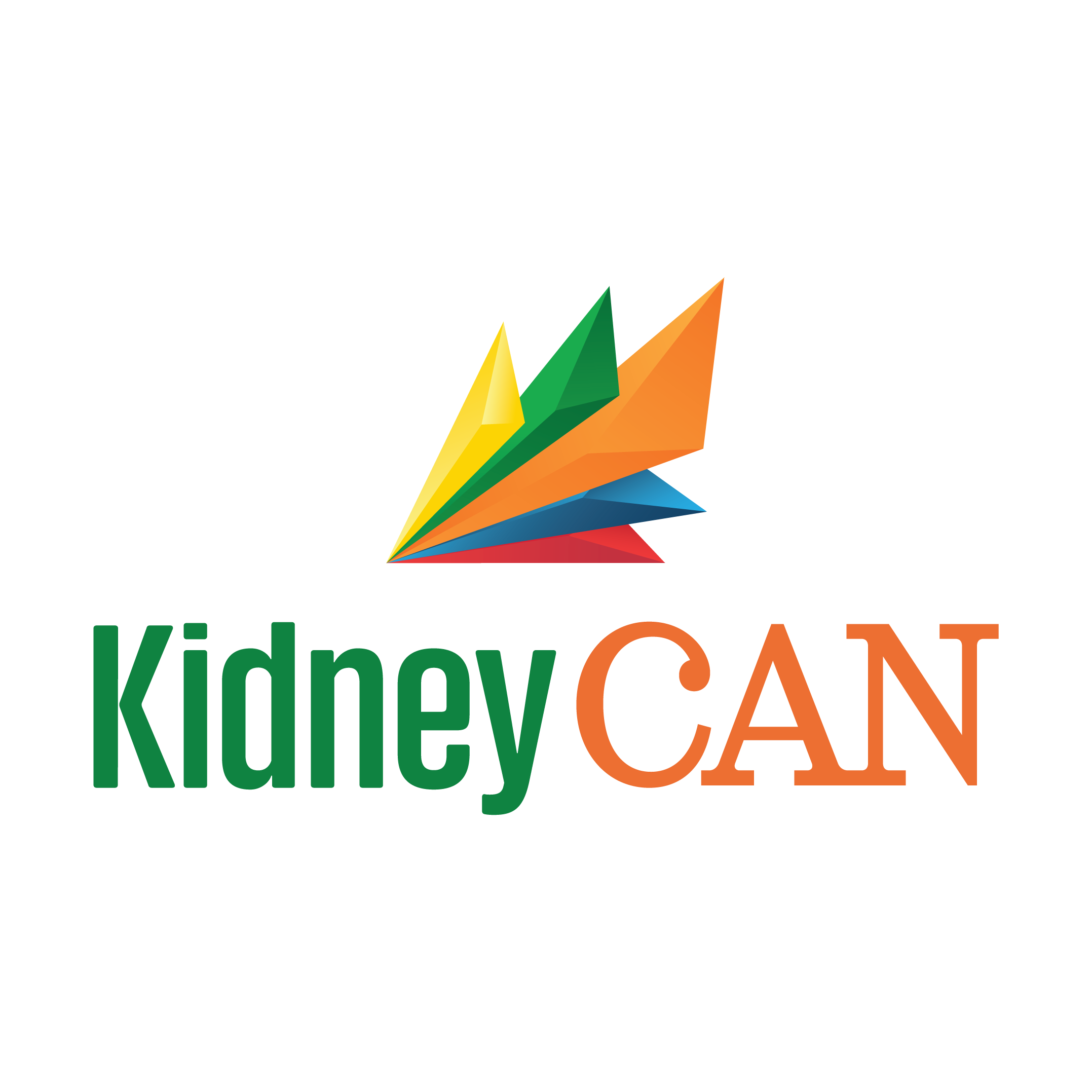
Upfront Immunotherapy Delays Surgery, Improves Metastatic Kidney Cancer Control

Immunotherapy combinations tended to improve outcomes for patients with metastatic kidney cancer who go on to receive surgery.
Pre-surgical immunotherapy combinations reduce tumor size and help kill cancer cells at the time of surgery for patients with metastatic renal cell carcinoma (mRCC), according to findings from a single-center analysis from the University of Texas Southwestern Medical Center presented in a poster at the 2023
At a median follow-up of 21 months, 42% (16 patients) of patients experienced pathologic T downstaging, 11% (four patients) of whom had complete removal of the tumor from the kidney. Thrombus downstaging occurred in 13% (six) of patients, all of whom achieved partial response (tumor shrinkage) or complete response (disappearance) in metastatic lesions. Notably, two patients with cancer in both kidneys underwent staged radical nephrectomy and nephron-sparing partial nephrectomy after neoadjuvant treatment with immunotherapy.
“Decreasing the extent of the IVC (inferior vena cava) thrombus and pathological downstaging with perioperative (immune-oncology)–based therapies improves complexity of nephrectomy,” lead study author Damla Gunenc, of the Department of Internal Medicine, Division of Hematology and Oncology, at UT Southwestern in Dallas, Texas, and coauthors, wrote in the poster.
With the development of frontline immunotherapy-based combinations in mRCC, the role of cytoreductive nephrectomy — surgery to reduce the tumor burden in the kidneys — has come into question.
“We will offer cytoreductive nephrectomy up-front on a multidisciplinary discussion. It requires a urologist and a medical oncologist to discuss the patient characteristics. Often those patients who undergo cytoreductive nephrectomy first, in our current practice, are the patients who have the bulk of their tumor burden in the primary tumor. This is often 80% to 90% of their total tumor burden, and patients (should be) surgically fit, good candidates,” senior study author Dr. Tian Zhang, associate professor in the department of internal medicine at UT Southwestern Medical Center, said in an interview with CURE®’s sister publication, OncLive®.
As such, this study evaluated 51 patients who underwent cytoreductive nephrectomy between April 2016 and October 2022. Patients were divided into groups by whether they received up-front surgery or delayed surgery following upfront immunotherapy.
The main goal of the study was pathologic tumor size reduction and downstaging. Secondary end points were progression-free survival (time from treatment until death or disease worsening) and overall survival (time from treatment until death of any cause).
Median age was 62 years (range, 36-86) and most were male, White, and had not received any treatment prior to starting immunotherapy.
In the up-front surgery cohort, mean age was 59.62 years, and most patients were men (76.9%), White (92.3%), had clear cell histology (76.9%), and had received Yervoy (ipilimumab) plus Opdivo (nivolumab) (61.5%). Additional treatment regimens included Keytruda (pembrolizumab) plus Lenvima (lenvatinib; 7.7%), and Opdivo or Keytruda alone (30.8%). More than half of patients in this cohort experienced tumor cell death (53.8%).
In the delayed surgery cohort, mean age was 62.53 years, and most patients were men (76.3%), White (81.6%), had clear cell histology (89.5%), and had received Yervoy plus Opdivo (63.2%). Other treatment regimens included Keytruda plus Inlyta (axitinib; 15.8%), Keytruda plus Lenvima, and Opdivo monotherapy. Additionally, 76.3% of patients experienced tumor necrosis.
Additional results demonstrated that progression-free survival and overall survival trended in favor of up-front immunotherapy. However, the results were not statistically significant, meaning the researchers could not say for certain that it was the treatment that led to improved outcomes, rather than other factors, such as patient characteristics, etc.
Disease characteristics before and after neoadjuvant therapy were also presented for the cohort of patients who received up-front immunotherapy, showing median tumor size reduction from 10 centimeters to 7.5 centimeters. T stages before and after treatment, respectively, included:
- T0 (0% versus 10.5%), meaning that there is no evidence of cancer in the kidneys
- T1 (5.3% versus 13.2%), indicating that the cancer is 7 centimeters or less and confined to the kidney
- T2 (13.2% versus 7.9%), which is when the tumor is larger than 7 centimeters, but still within the kidney
- T3 (52.6% versus 57.9%), meaning that the cancer has grown into a major vein or the tissue surrounding the kidneys
- T4 (28.9% versus 10.5%), meaning that the cancer has grown out of the kidney and into surrounding lymph nodes
Thrombus level, indicating blood clots found in veins, before and after treatment, respectively, included 0 (13.2% versus 5.3%), 1 (13.2% versus 10.5%), 2 (13.2% versus 7.9%), 3 (2.6% versus 7.9%), 4 (5.3% versus 5.3%) and no thrombus (52.6% versus 63.2%).
Cancerous lymph nodes, respectively, included no cancer found in lymph nodes (60.5% versus 71.1%); cancer found in nearby lymph nodes (39.5% versus 13.2%); and not available (NA versus 15.8%; overall). Clinical M stage before and after treatment, respectively, included disease that has not spread to the surrounding lymph nodes (NA versus 50%); disease that has spread (100% versus 47.4%), and unknown (NA versus 2.6%).
“Effective (immunotherapy)-VEGF based therapies administered prior to nephrectomy have promising potential in disease control. Randomized trials (such as the phase 3 PROBE trial) are ongoing to investigate the timing and outcomes of cytoreductive nephrectomy for patients with mRCC,” study authors concluded.
For more news on cancer updates, research and education, don’t forget to




